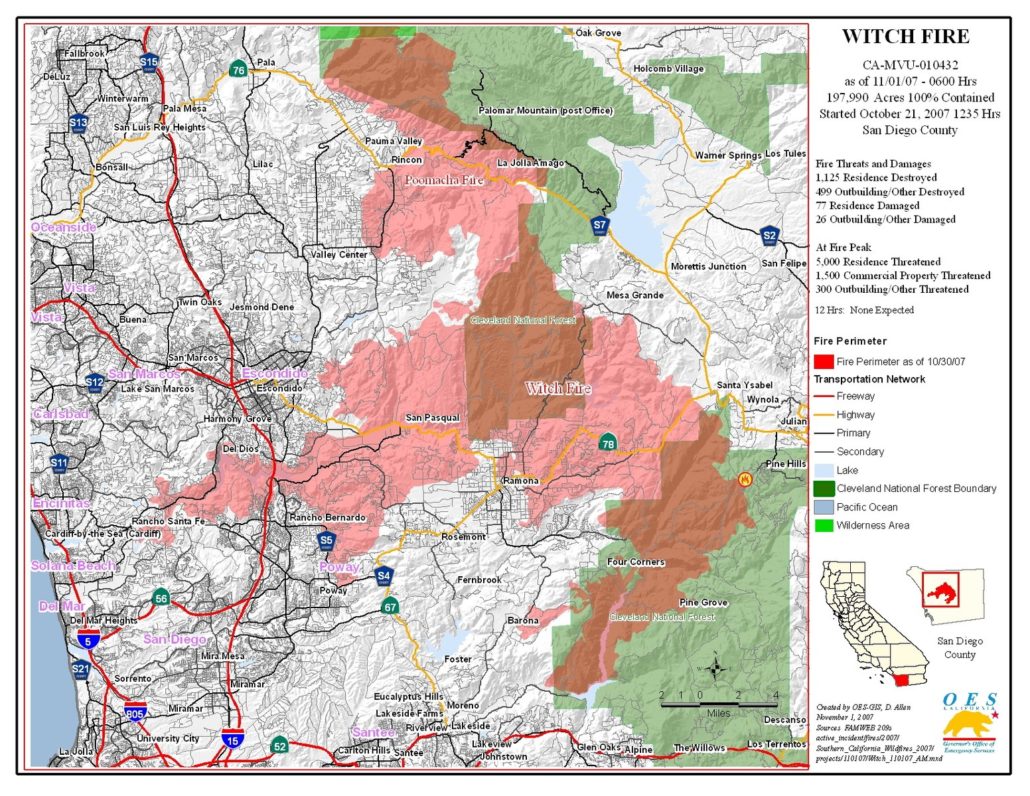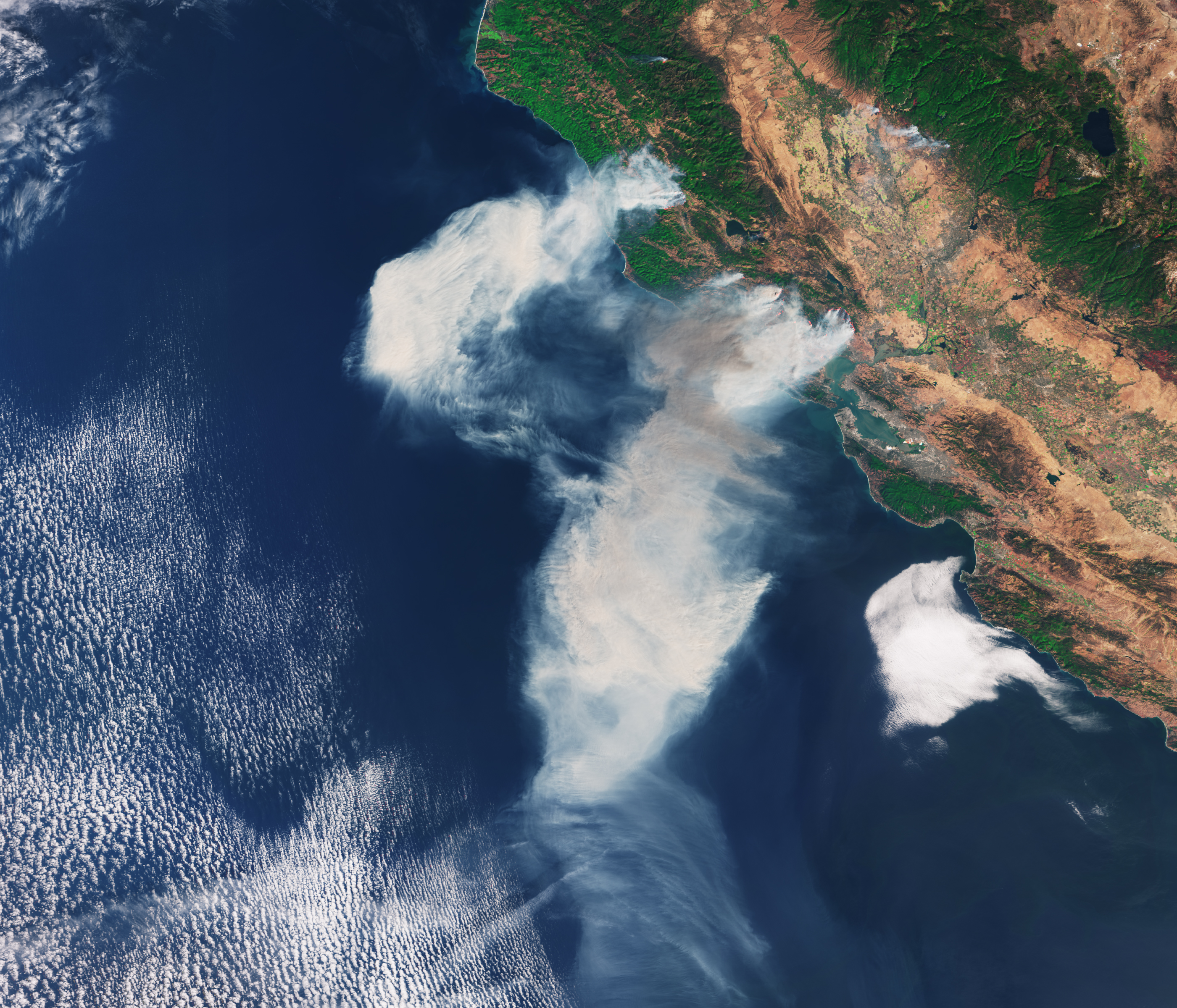The legal battles begin as California still reels and begins to recover from what became the worst fire season in living memory last year. CalFire released a report on the first of several fire investigations from 2017’s northern California fire “siege”. The investigation specifically covers the four fires in Butte and Nevada Counties: La Porte, McCourtney, Lobo, and Honey fires. Investigators determined that tree branches coming into contact with power lines caused all four fires. In three of the fires, with La Porte being the exception, CalFire found Pacific Gas and Electric in violation of Public Resources Code section 4293, which concerns tree clearance management along power lines.
The ramifications of these and future investigations could end in big payouts by Pacific Gas and Electric for structure losses caused by the fires. The Napa/Sonoma Fire Siege, which included about 170 individual fire starts, caused an estimated $15 billion in damages. If Pacific Gas and Electric is found responsible for the fire starts, they could be on the hook for a large chunk of those damages. Property law can get pretty tricky when dealing with privately run public utilities. In the past, utility companies were able to pass the cost of damages along to ratepayers as part of providing service, but a recent case with San Diego Gas and Electric may put an end to this practice.
Historical Precedent: San Diego Gas and Electric

2007 Witch Fire
Regulators, investors, insurers, and homeowner victims are closely following the now decade-long legal process following three massive fires in San Diego County in 2007. The Witch, Guejito, and Rice fires together destroyed 1,300 homes and left San Diego Gas and Electric (SDG&E) with a $2.4 billion bill. The utility company and its insurers already paid the damage claims, but SDG&E is trying to recoup about $379 million of its losses through a structured increase in the ratepayer bill over 6 years. They argued that the wind event was unprecedented and so severe that the fires could not have been avoided. The California Public Utilities Commission disagreed and rejected the plan, stating that SDG&E was not a prudent manager of its infrastructure. CPUC was clear in their statements that their decision does not represent SDG&E’s current wildfire management. SDG&E has since invested heavily in wildfire planning, intelligence, and response.
The positive changes at SDG&E are precisely the reason that the California Public Utilities Commission does not want to allow utilities to pass the damages to the ratepayers. It would disincentivize the utility companies to invest in better wildfire prevention.
Investors worry that the SDG&E decision will set a precedent to determine if PG&E will be held liable and if they can force ratepayers to cover the cost. Whether Pacific Gas and Electric will be found responsible for a majority of the losses in the larger Napa/Sonoma fires is still unclear. Even if they are found liable, who will pay?
Source(s):
http://www.latimes.com/business/la-fi-utility-wildfires-20171017-story.html
http://www.cbs8.com/story/37043932/lilac-fire-powerful-debate-over-sdge-cutting-off-electricity




